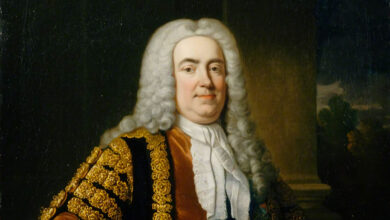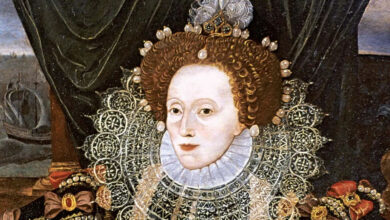Catherine de’ Medici (1519-1589) was a powerful and controversial figure who left an indelible mark on French history. Born on April 13, 1519, in Florence, Italy, Catherine was a member of the illustrious Medici family, known for their patronage of the arts and political influence. Orphaned in infancy, she became a pawn in political manoeuvres, eventually marrying King Henry II of France in 1533. Although initially excluded from state affairs, Catherine’s political acumen and ambition shone through after her husband’s accidental death in 1559.
As Queen Regent for her three sons who became kings in succession – Francis II, Charles IX, and Henry III – Catherine navigated a turbulent period in French history. Religious conflicts between Catholics and Protestants, known as the Wars of Religion, ravaged the nation. A staunch Catholic, Catherine attempted to maintain a fragile peace through diplomacy and political marriages, but with limited success. Her actions, often shrouded in secrecy, earned her a reputation for ruthlessness and manipulation. However, some argue she was simply a pragmatic ruler trying to preserve the monarchy amidst chaos. Despite the controversies, Catherine de’ Medici’s influence on French art, architecture, and culture remains undeniable. She died on January 5, 1589, leaving behind a complex legacy as a powerful and enigmatic queen who shaped 16th-century France.




